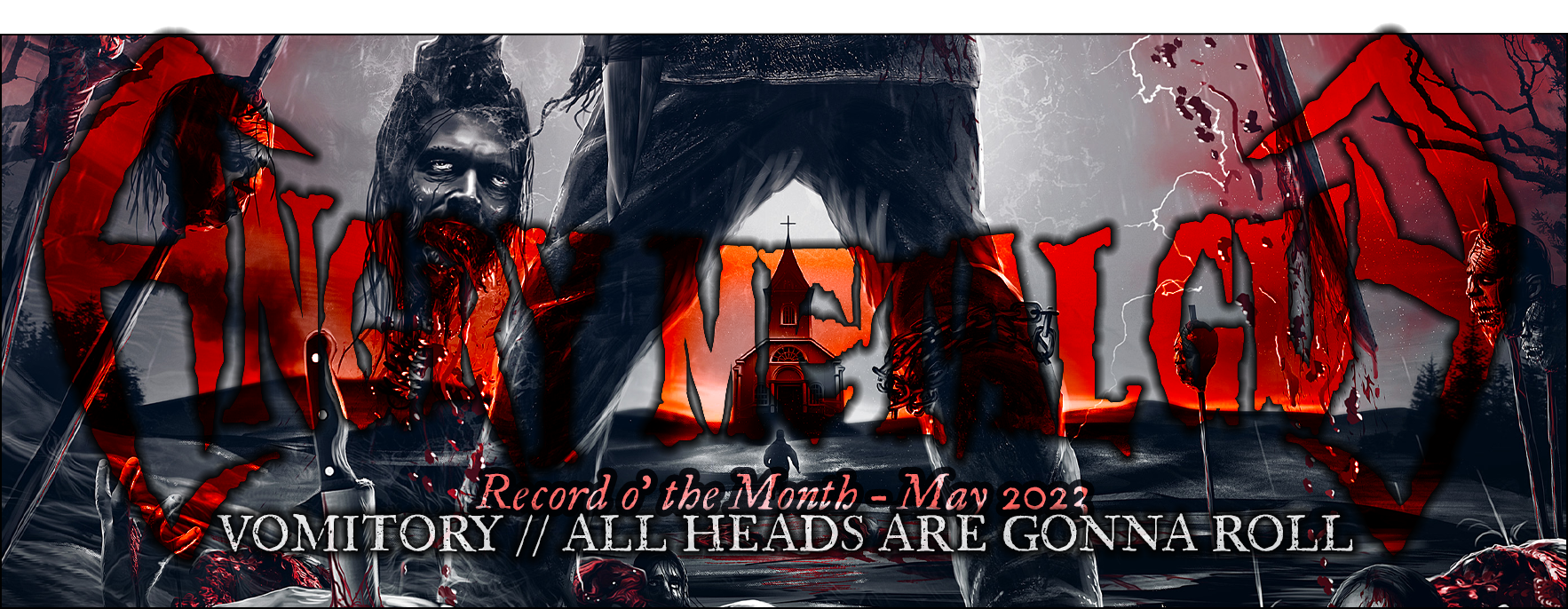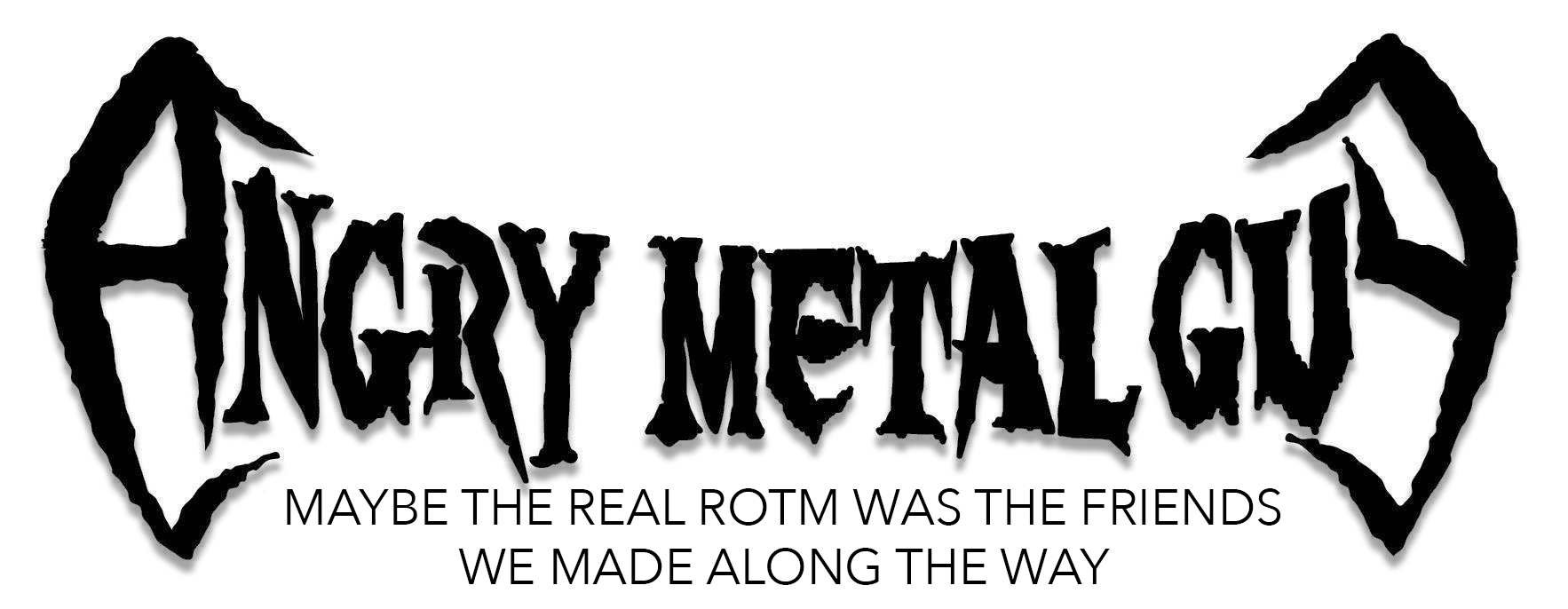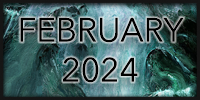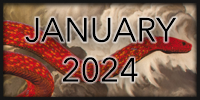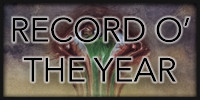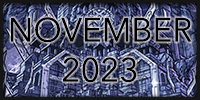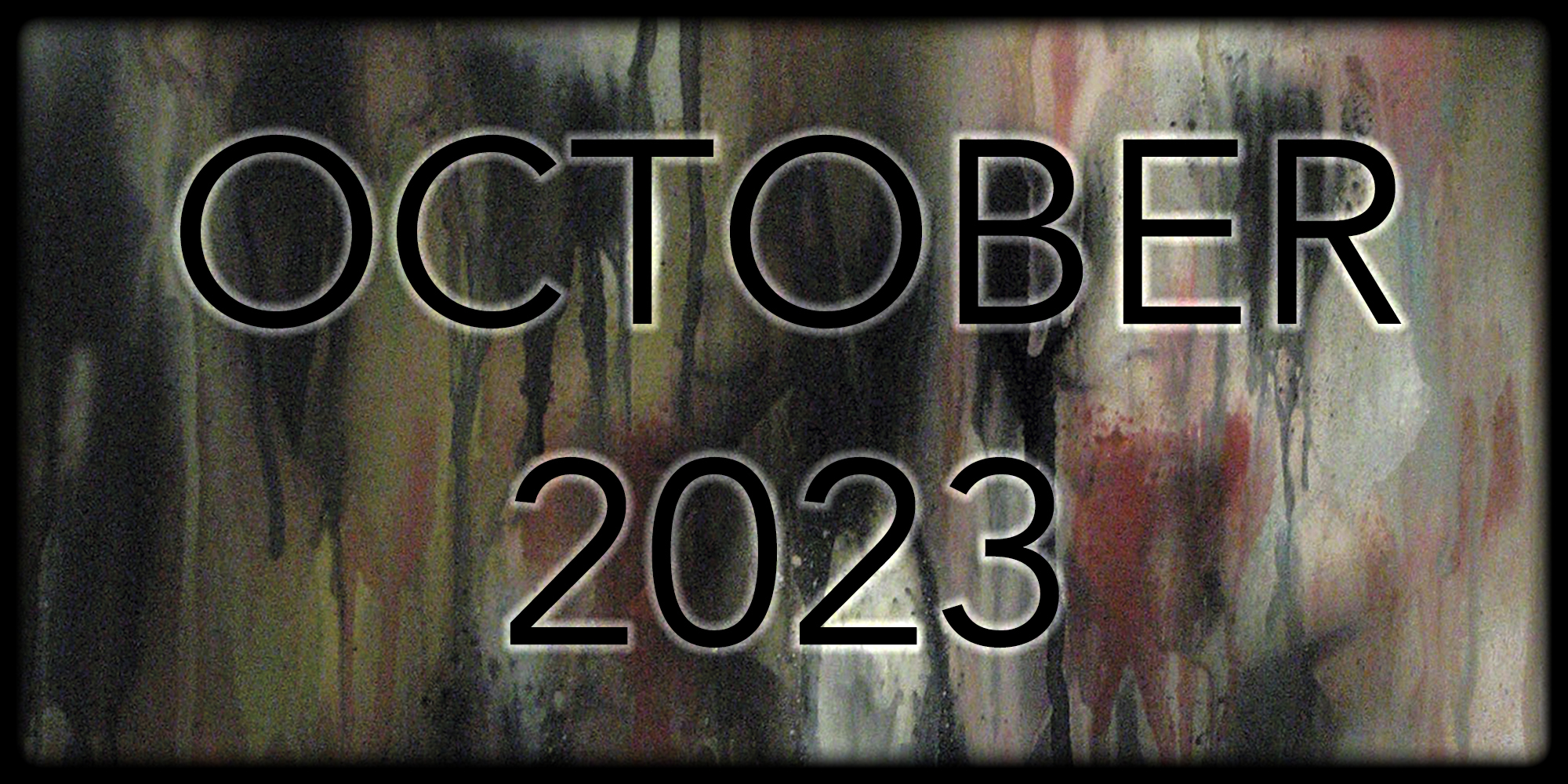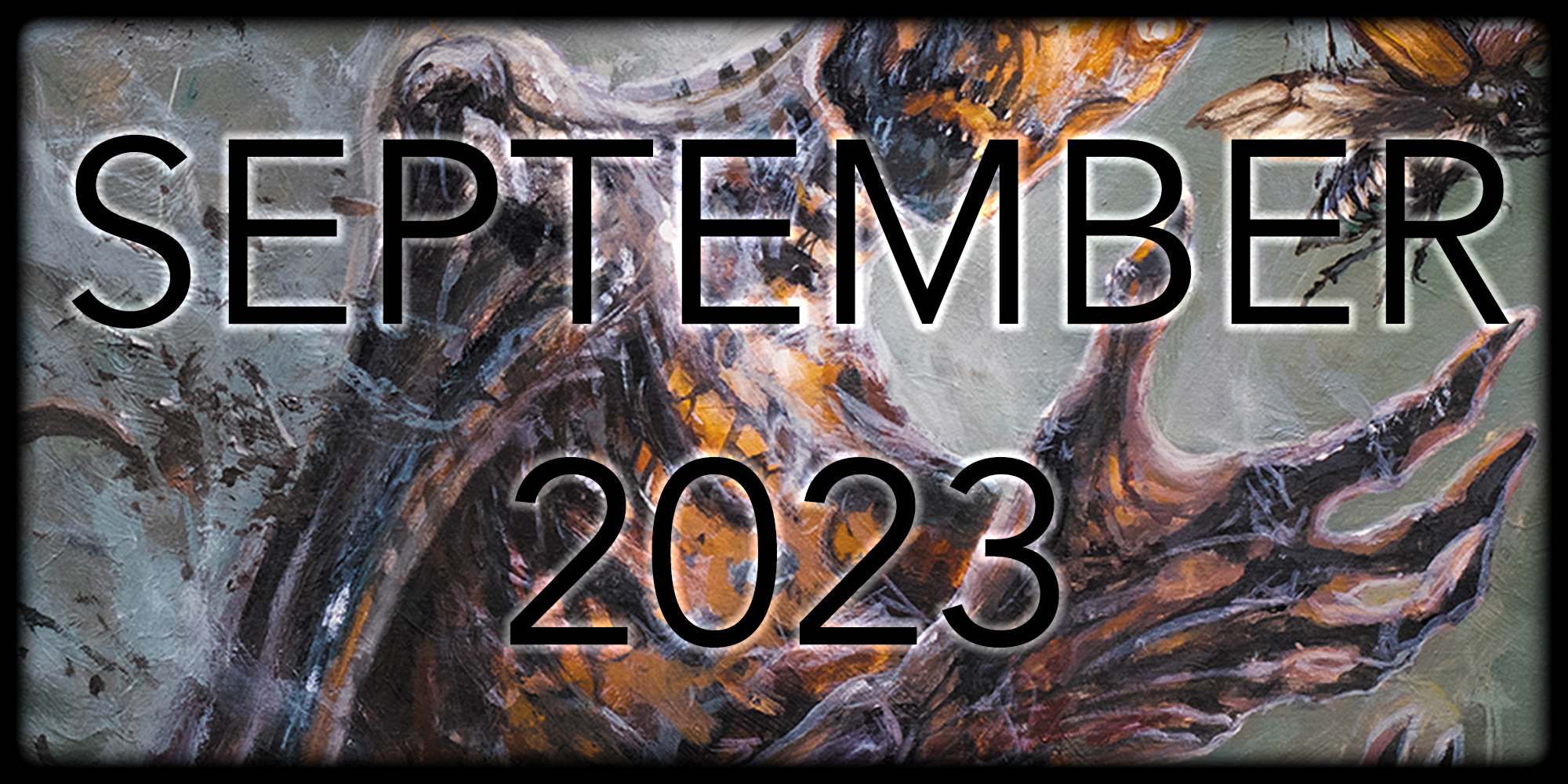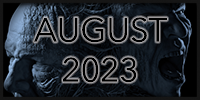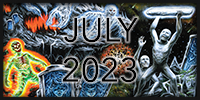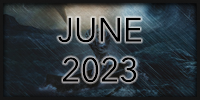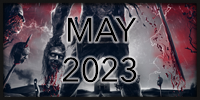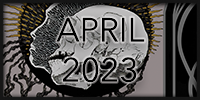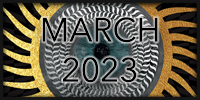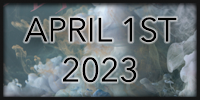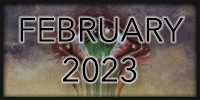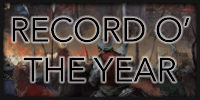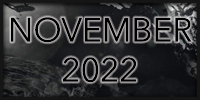Yer Metal Is Olde is a recurring thing that we’re using to fill up space while we whip our new reviewers for reviews of new the material that we assigned them, but they can’t seem to figure out how to turn in on time. The idea was spurred on by the swath of amazing and classic records that are turning 10, 20, or 30 this year. It’s crazy to think that all the stuff that we worship is really as old as it is. Time moves quickly, but these classics never seem to lose their shine. Still, their enduring quality doesn’t change that your favorite metal is fucking old.
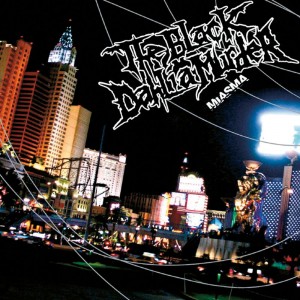 Don’t think that writing a Yer Metal Is Olde about The Black Dahlia Murder’s sophomore record doesn’t strike me as a little weird. Rarely has a YMIO candidate been so universally ignored as this one. If you were to ask fans of the band, I suspect that Unhallowed, the band’s epic debut, or Nocturnal the band’s third record are the albums that we should be celebrating. But I disagree. While Unhallowed is certainly a great record, I actually think that TBDM began showing their true colors on Miasma—and I still think it’s a better than Nocturnal all these years later. It maybe helps that I saw these guys two or three times during this period, having interviewed Trevor Strnad for the first time at First Ave in Minneapolis on their tour supporting Unhallowed, so I knew that they were heading back into the studio to record Miasma pretty soon afterward. But when I forked over my hard-earned cash dollars for Miasma I wasn’t prepared for the pure onslaught of blistering melodic death metal that I got smacked in the face with.
Don’t think that writing a Yer Metal Is Olde about The Black Dahlia Murder’s sophomore record doesn’t strike me as a little weird. Rarely has a YMIO candidate been so universally ignored as this one. If you were to ask fans of the band, I suspect that Unhallowed, the band’s epic debut, or Nocturnal the band’s third record are the albums that we should be celebrating. But I disagree. While Unhallowed is certainly a great record, I actually think that TBDM began showing their true colors on Miasma—and I still think it’s a better than Nocturnal all these years later. It maybe helps that I saw these guys two or three times during this period, having interviewed Trevor Strnad for the first time at First Ave in Minneapolis on their tour supporting Unhallowed, so I knew that they were heading back into the studio to record Miasma pretty soon afterward. But when I forked over my hard-earned cash dollars for Miasma I wasn’t prepared for the pure onslaught of blistering melodic death metal that I got smacked in the face with.
There is something frantic about Miasma. The record bleeds energy: the drums are so blasty, the riffs are so thrashy, and the vocals sound like a Lovecraftian madman trying to cope with the insanity of his touring schedule. While Unhallowed was a record that I once lovingly put my foot in my mouth by calling “Slaughter of the Soul plus blast beats” when face-to-face with the band (Stupid Metal Guy), Miasma’s sheer intensity began pulling the Black Dahlia Cart away from that particular Dala horse. Some of this is simply in way the band updates the sound—pushing at the boundaries of speed and riffing—but the band’s own unique voice presses through on tracks like “Statutory Ape” and “I’m Charming.” This whole album has an ironic, tongue-in-cheek feel that just feels right; we live in a world is nasty enough for a death metal record without needing to invent fantasies to create disgusting and offensive experiences.
Miasma’s frantic energy is helped by the fact that the album is 33 minutes long. Nothing overstays its welcome, with some of the best riffs the band ever wrote (see the chorus on “Flies”) coming and going in a matter of seconds. Songs top out at 4 minutes, with the exception of the epic closer “Miasma,” which fades out with a legendary riff that actually extends the song a bit longer. And while The Black Dahlia Murder would take the jump from a great metal band with decent guitars to Guitar God status with the Ryan Knight’s increased influence and ridiculous solos on Ritual, Miasma featured a band really coming into their own on the guitar front with the solos from tracks like “Novelty Crosses” and “Flies” being memorable and interesting complements to the sound.
Arguably the biggest downside to Miasma is its over-the-top 2005 production. The record has a sound that was obviously produced in the heyday of the metalcore push,1 as evidenced by being recorded at Trax East; the epicenter of the super-sampled, hyper-loud stuff that was crawling out of its newly eviscerated cocoon. But while I’m normally critical of this sound, Miasma defies expectations by being really good. There are moments when it seems like the band is aware of the sound and are even playing with the exaggerated, huge, wall-of-sound loudness and feel of the production techniques of the time. On “Flies” and, one of my personal favorite moments on the whole album, on “Miasma,” the band pushes everything into white noise, giving unsuspecting listeners the full on Trelldom experience.
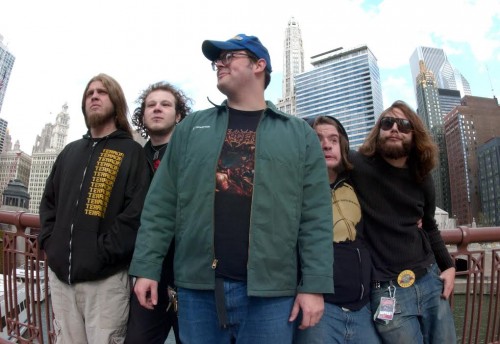
The Black Dahlia Murder in 2005 by Scott Harrison
It’s great that the band moved on from that sound—and I guess they basically lost their drummer because he couldn’t keep up live with what was being laid down in the studio during the era of triggering and rampant replacement2—but Miasma works as a window into metal in 2005, and it may be the best exemplar of how that sound could work. The Black Dahlia Murder’s vision at the time was unique: post-Gothenburg melodic death metal in a time when breakdowns reigned supreme, and managing to balance their influences with their own very modern, hungry voice. The cover art for Miasma is of Las Vegas, and while the band has pretty much gone ‘old school’ for their art since Deflorate, I think this art is illustrative of what differentiates this record and this band from the scene to which they owe so much. Peel back the miasma of Las Vegas and the trappings of production trends and you’ll find underneath a band ramming hard against their own boundaries, discovering their limits, and defining their sound in a frenzy. While The Black Dahlia Murder is a popular band, I still think they’re one of the most underrated by ‘trve’ metal dudes and Miasma is probably their most underrated album. But I think it’s a classic.
